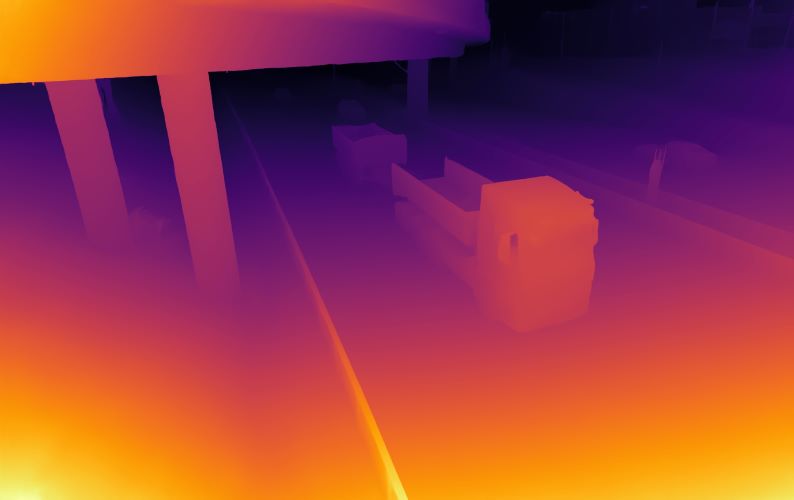Entice - Enablers for trustworthy, infrastructure supported, autonomous vehicles
An open testbed and reference architecture to promote safety.
Autonomous vehicles (AV’s) are likely to drastically change most aspects of driving – but AV’s are themselves highly complex and it is today unclear how to make them safe enough. The Entice project will investigate how connectivity and collaboration with a smart digital infrastructure can improve this situation.
The goals of the Entice project are: (1) to develop new capabilities for risk analysis for AV’s based on data from various sources including vehicles and roadside sensors, encompassing both real-time analysis as well as offline residual risk estimation; and (2) to develop a research testbed, in collaboration with the developments taking place within the TECoSA , the Center for Trustworthy Edge Computing Systems and Applications. The intention is also that the experiences will be analyzed to generate a reference architecture for a larger class of cyber-physical systems.
Connectivity and digital infrastructure provide opportunities to improve safety and performance inroad traffic. This however requires that several barriers are overcome, including ensuring end-to-end trust and interoperability, while dealing with inherent uncertainty and trade-offs. Important aspects concern opportunities to be able to share data and perform calculations in suitable places (e.g. in vehicles, in road-side units, in distributed data centers or in the cloud) in a dependable and trustworthy way. The results will contribute to the collaboration and innovation of actors involved in connected vehicles and digital infrastructure and provide insights and a testbed relevant for further research and development regarding traffic safety and performance. The testbed leverages our automated vehicle platform, AD-EYE (www.adeye.se/).
The project, which is carried out by KTH Royal Institute of Technology (coordinator), Telenor, Volvo Cars and Xense Vision, involves 3 technical work packages (risk assessment, testbed, and architecture). Two overarching scenarios will be addressed involving different operational design domains, one of which focuses on KTH's campus in Stockholm.
Contact person: Martin Törngren, KTH


